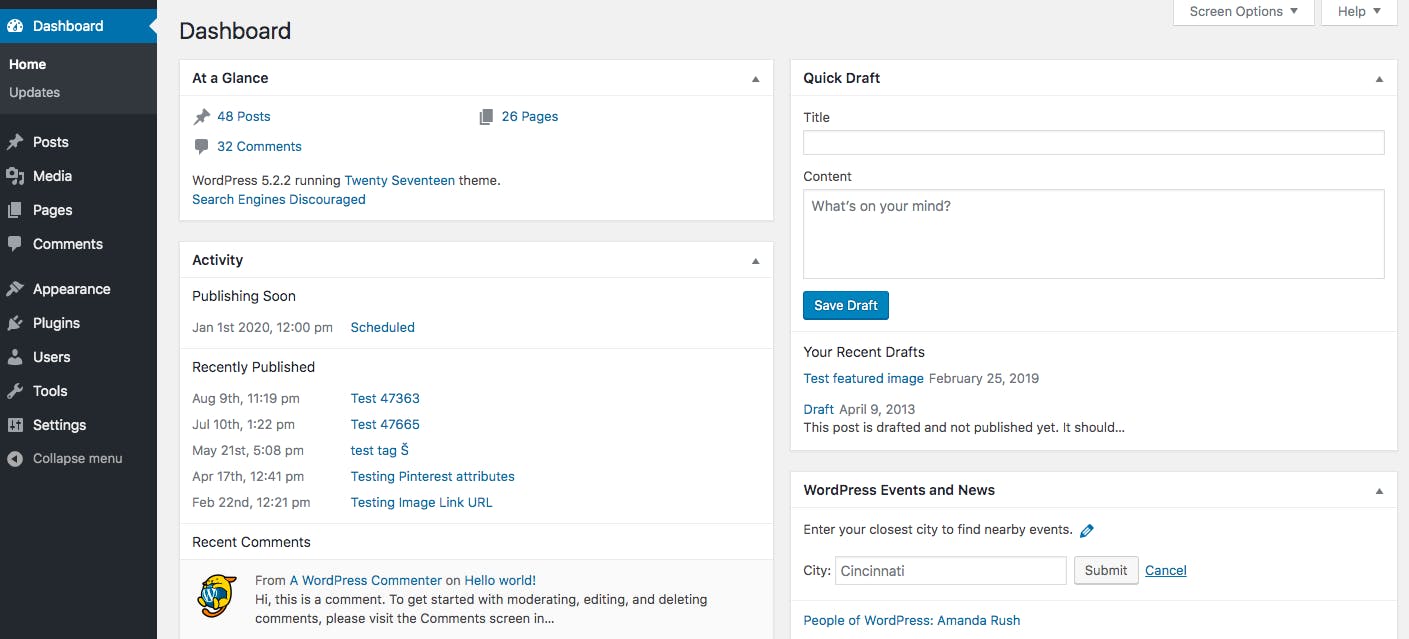When I started my journey as a web developer, I was working at a digital agency that built custom WordPress themes. It was rare, if ever, that we considered using other Content Management Systems (CMS). We had a really solid workflow, some really talented and experienced developers, and most importantly, it fit the needs of our clients – there's a reason why WordPress powers 39.5% of all websites.
Of course, there are alternatives that I'd love to get my hands dirty with.
Shopify seems incredible, and I'm really interested in learning more about Liquid after creating this blog template using Jekyll x Siteleaf. Magento and Joomla seem interesting enough too, but if I were going to work with PHP, I think I'd still prefer to be working with WordPress. Old faithful ❤️
More recently though, I've been hearing a lot about headless CMS. But what does that mean, and how does it differ from those traditional content management systems?
What is a Traditional CMS?
Traditional Content Management Systems are extremely popular among businesses of all shapes and sizes, as they allow non-technical users to manage content without touching any code.
Users are able to easily add, edit and manage content via a graphical user interface, or GUI. And depending on the CMS, they'll also have the ability to add custom or pre-built themes, and install plugins which can extend the website's flexibility.

The content is then stored in a database, and displayed to the end-user based on a template structure, with the frontend and backend components of the website being heavily integrated with one another.
What is a Headless CMS?
The term 'headless' stems from the concept of removing the 'head' of the website (the frontend – website, application, etc.), from the body of the website (the backend – content, database, etc).
Unlike a traditional CMS, a headless content management system doesn't have a presentation layer – it's a backend only system, which essentially operates as a content repository.
This content is then made accessible via an API, and can be displayed on any platform or device as needed.
What are the advantages of using a headless CMS?
There are pros and cons to using a headless CMS, versus a traditional CMS, or a decoupled CMS. The three main advantages that stand out are:
-
It allows for flexible development
Being API driven, developers are able to build their frontend end-to-end, without needing to make sacrifices or constraints that might be required by other traditional CMS.
-
It's future-proof and scalable
By separating the content from the presentation layer, developers are often able to avoid downtime for things like maintenance and upgrades.
-
It's agile and evergreen
Being a content driven approach to development, the ability to endlessly reuse and combine content makes development a breeze.
But, as with anything in development, there's no single solution that will meet all of your needs – there's immense value in doing research and weighing up your options, and figuring out what works best for you and your clients.

